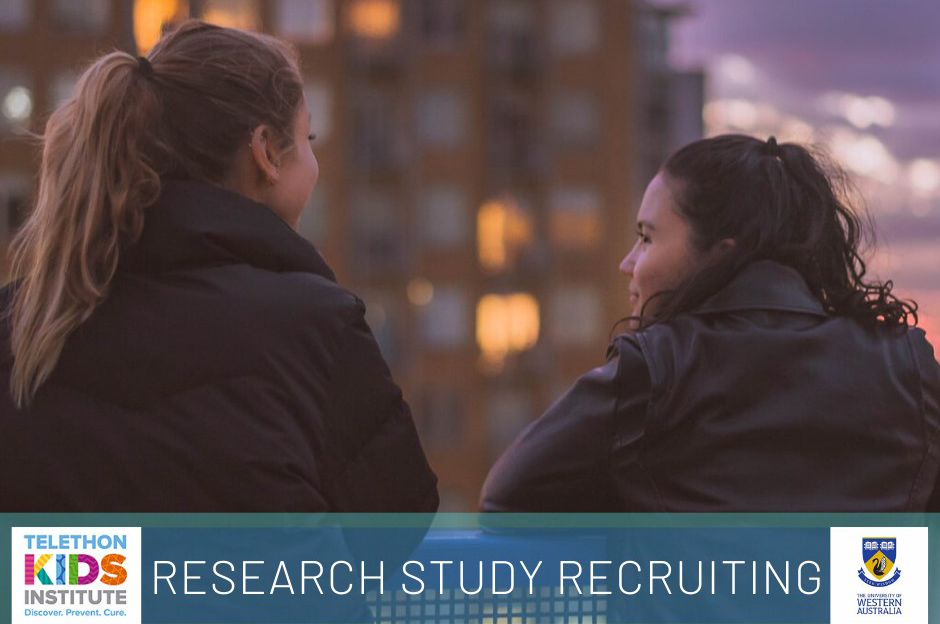Search
Showing results for "Au"

News & Events
Combating glucose rises after meals - new studyParticipants are needed for a new Children's Diabates Centre study looking at the patterns in glucose rise after meals.

News & Events
New research reveals crushing burden of Tourette syndrome and related disordersImpact for Tourette's, the first survey of its kind in Australia provides comprehensive national data on the daily challenges faced by children and adults living with tic-related disorders like Tourette syndrome
Research
Low maternal serum vitamin D during pregnancy and the risk for postpartum depression symptomsPregnancy is a time of vulnerability for vitamin D insufficiency, and there is an emerging literature associating low levels of 25(OH)-vitamin D with...
Research
FASD Hub AustraliaCarol Bower MBBS MSc PhD FAFPHM DLSHTM FPHA Honorary Emeritus Fellow 08 6319 1813 carol.bower@thekids.org.au Senior Principal Research Fellow;
Research
PneumoWA: A case-control study of the role of viral and bacterial pathogens in causing pneumonia among Western Australian childrenChristopher Elke Jennifer Peter Tom Blyth Seppanen Kent Richmond Snelling MBBS (Hons) DCH FRACP FRCPA PhD BSc PhD RN MBBS MRCP(UK) FRACP BMBS DTMH

Are you 14-18 years old and attracted to people the same gender as you? We want you to help us understand how you feel other people see and treat you, and how this affects your mental health.
The Opportunity: Vaccine Trials Group are looking for two Research Nurses to work in our vibrant team. The Research Nurses will work alongside the
The Opportunity The Biostatistician provides statistical guidance and support in respiratory disease (primarily cystic fibrosis) disease including
Research
The role of dendritic cells and regulatory T cells in the regulation of allergic asthmaAirways hyperresponsiveness (AHR) is one of the major clinical features of allergic airways disease including allergic asthma
